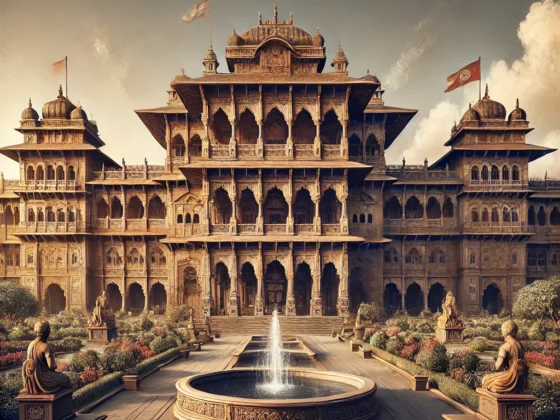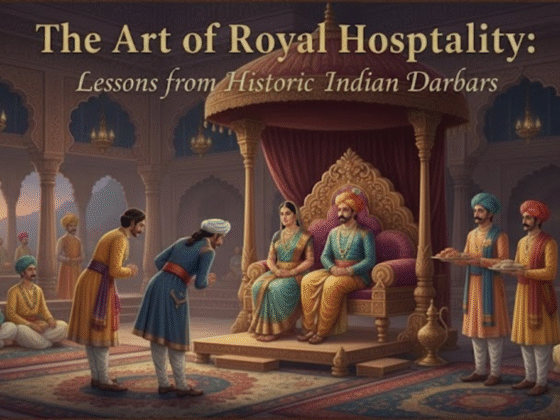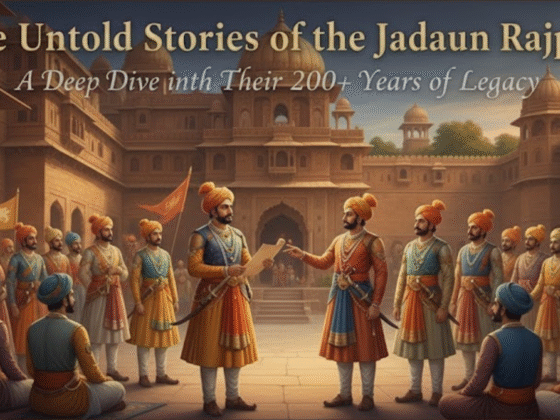Discovering the Majestic Awagarh Fort: A Glimpse into Uttar Pradesh’s Royal History
Uttar Pradesh, a state rich in culture and history, is home to some of India’s most significant landmarks. Among them is the Awagarh Fort, a majestic structure that stands as a testament to the region’s royal past. Located in Etah District, this fort offers a perfect blend of nature, history, and architectural beauty.
The Historical Legacy of Awagarh Fort
Awagarh Fort was constructed in the 12th century by the Jaudan Rajputs, who belong to the Kshatriya clan. The fort sits atop a small mound, surrounded by a large moat. It spans 180 acres of lush, green land, making it an ideal destination for nature lovers and history enthusiasts alike.
Etah, the district in which the fort is located, was once known as “Aintha,” meaning ‘to respond aggressively.’ The name was given by the king of Awagarh. The region has witnessed numerous historical events that have shaped its dynamic culture and identity.
The Founding of the Awagarh Monarchy
The Awagarh monarchy was founded in 1701 by Thakur Chhatarbhuj Singh. Under his leadership, the state became the second-largest princely state in Uttar Pradesh. The fort, built by the Jadon rulers, still stands as one of the region’s oldest and largest forts. It has withstood the test of time and remains in remarkable condition today.
The fort’s strategic location on a mound makes it visible from a distance. During the mustard season, the fields surrounding it bloom with vibrant yellow flowers, adding to the fort’s charm.
A Glimpse into the Royal Family’s Legacy
The royal family of Awagarh has always maintained a low-key, humble persona. Even today, the family resides in the 300-year-old fort, carefully preserving its historical integrity. According to His Highness Kr. Bhupenderapal Singh, a member of the royal family, the Awagarh royals played a significant role in promoting social and cultural upliftment in the region.
Contributions to Education and Philanthropy
Raja Balwant Singh, the ruler of Awagarh from 1852 to 1909, made notable contributions to education and philanthropy. He founded the Rajput High School in Agra in 1885, which later became Raja Balwant Singh College. He also donated generously, contributing over Rs. 21,00,000 towards education and agricultural development in the region.
Awagarh Fort Today
The Awagarh Fort, though steeped in history, is still a living monument. Visitors can explore its majestic rooms and structures, which have been well-maintained to retain their original charm. The royal family warmly welcomes visitors, offering a glimpse into the region’s rich heritage.
A Must-Visit Destination
Awagarh Fort is a perfect destination for a day trip, offering visitors a unique opportunity to experience royal life firsthand. Whether you’re a history buff or someone looking for a peaceful getaway, the fort promises an unforgettable experience.
Conclusion
Awagarh Fort, with its rich history and serene surroundings, is a hidden gem in Uttar Pradesh. It not only offers a journey through time but also allows visitors to experience the royal lifestyle that once flourished in this region. Don’t miss the chance to visit this remarkable fort!










